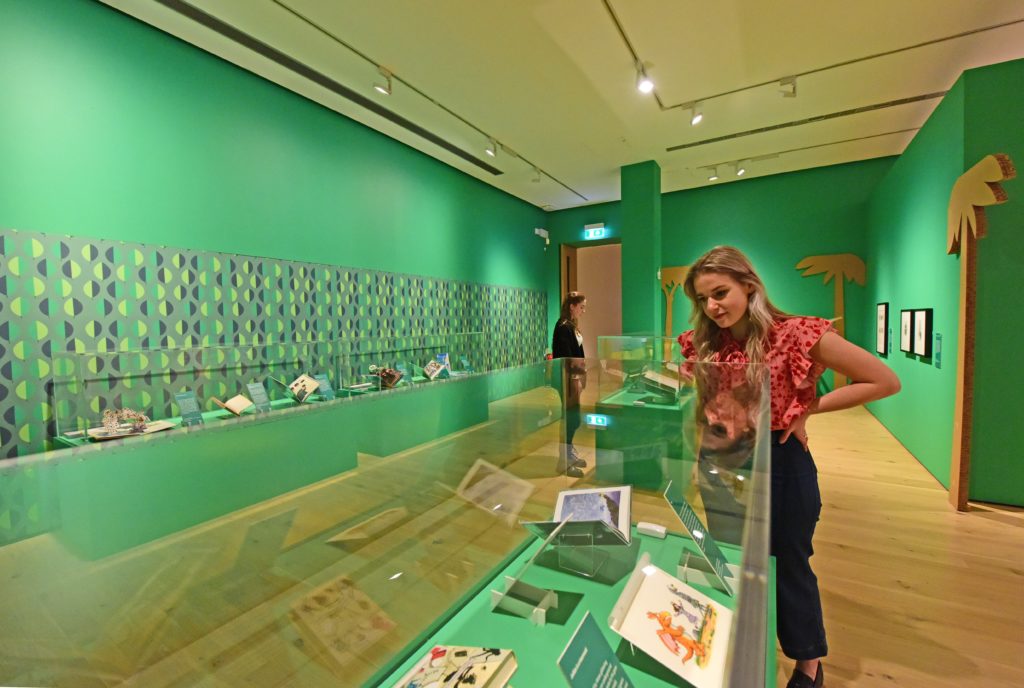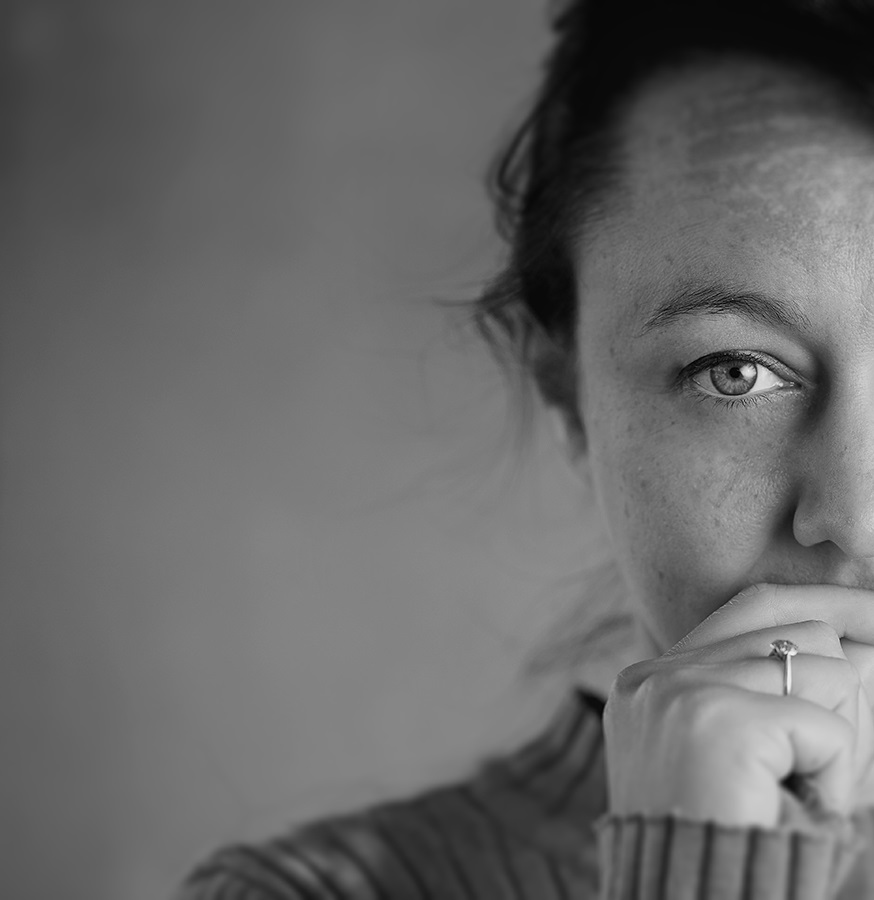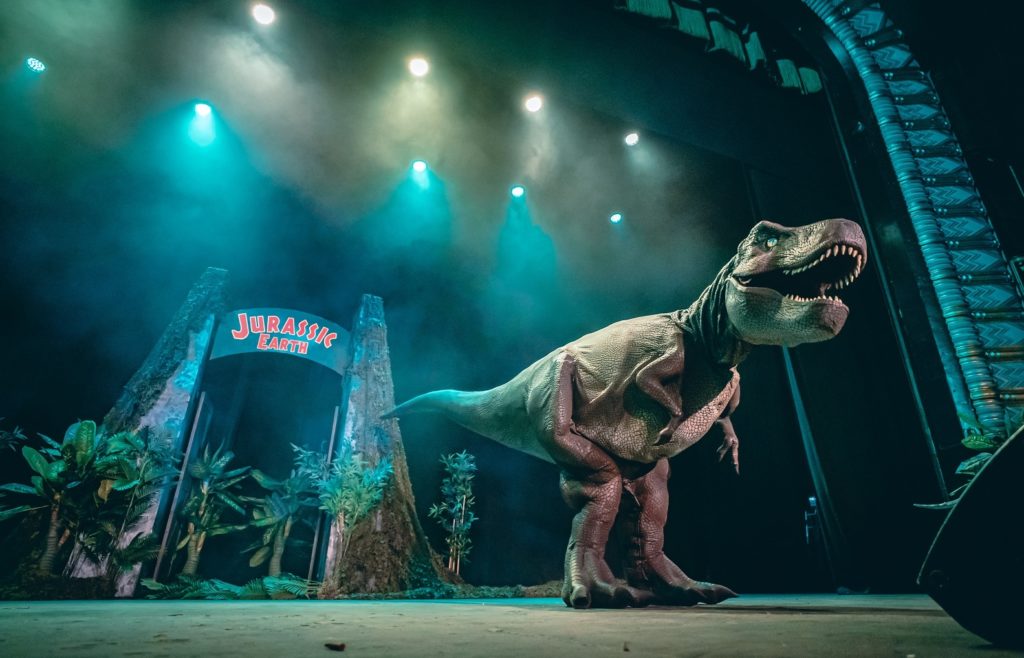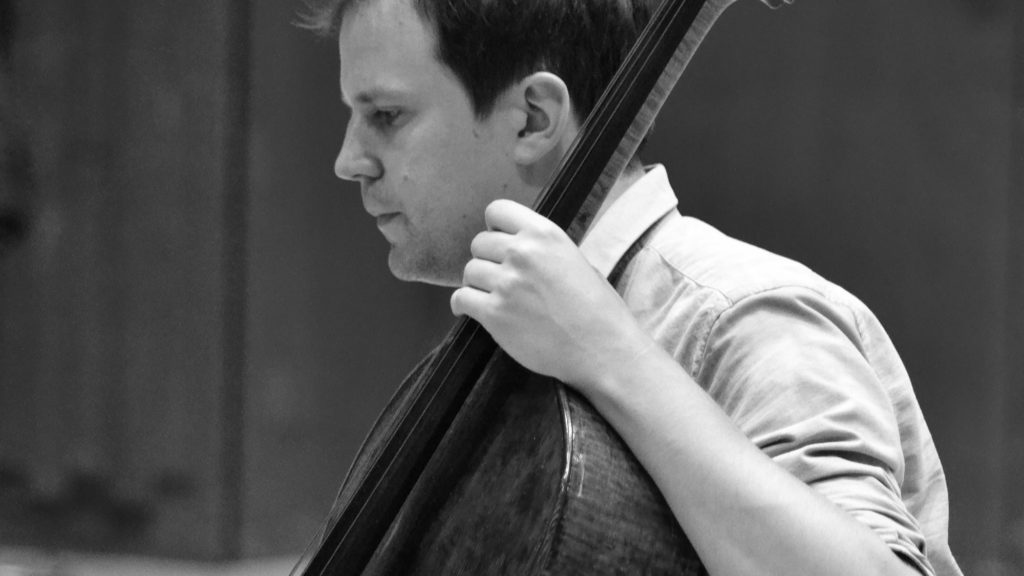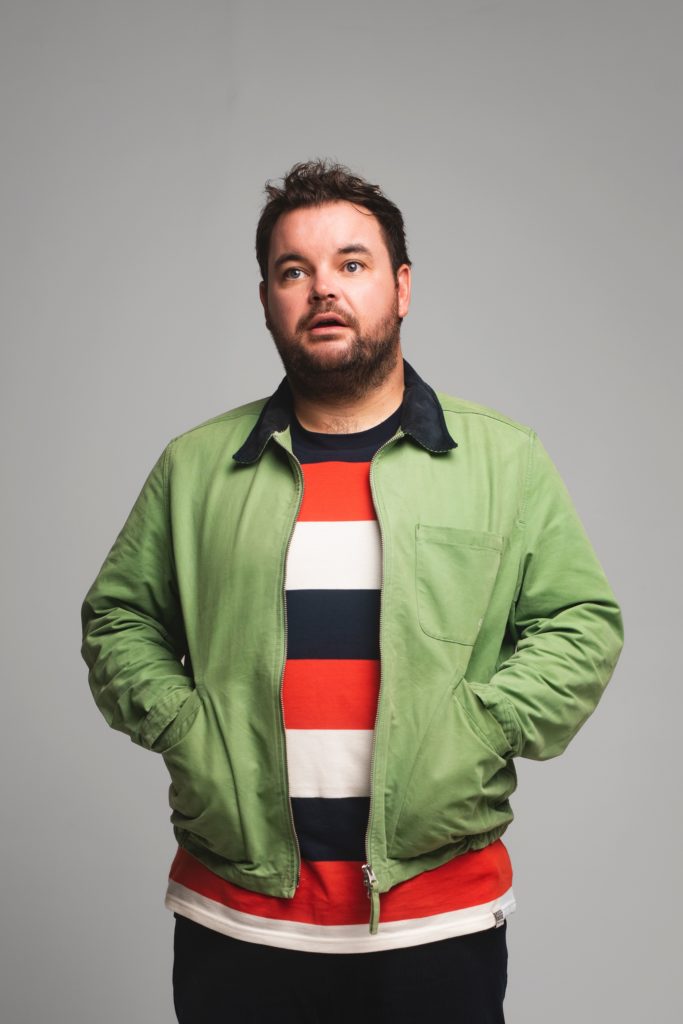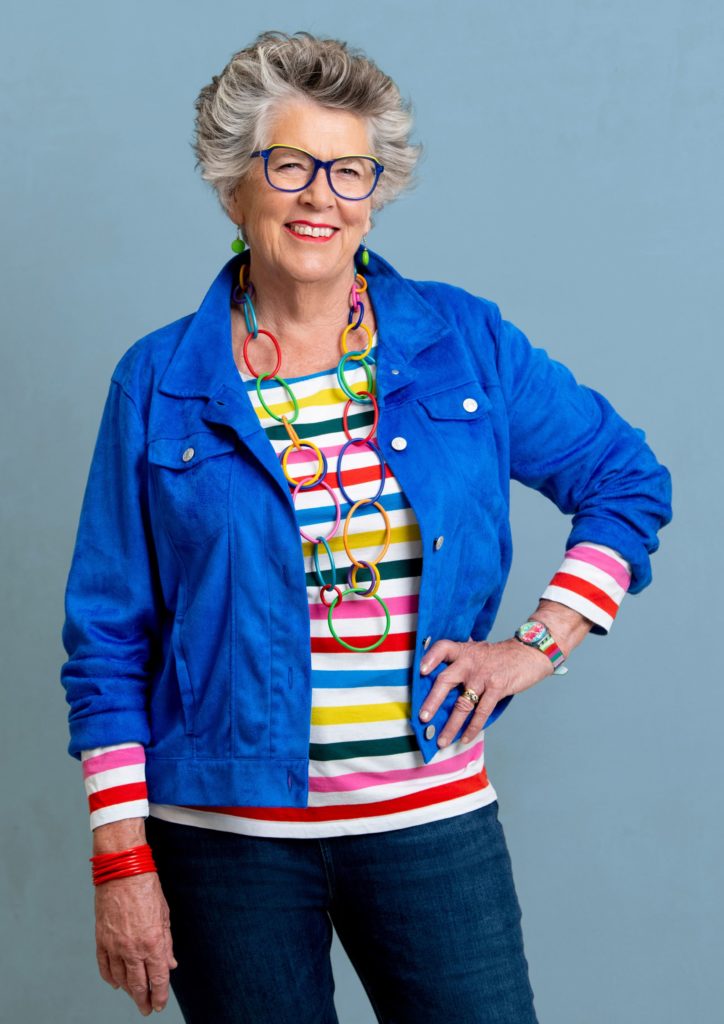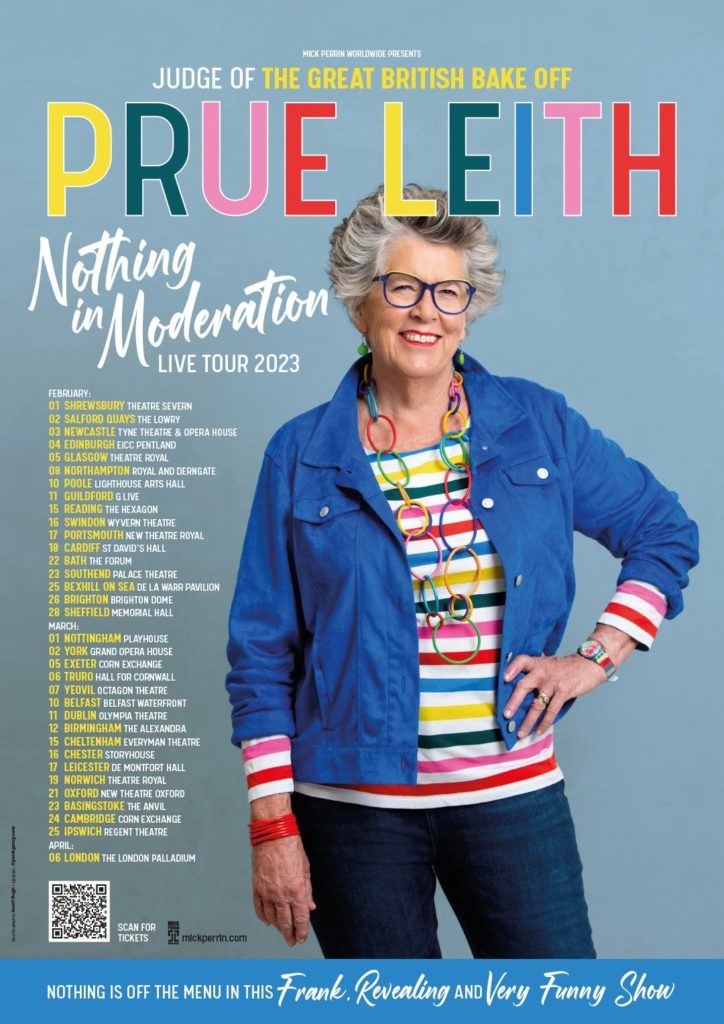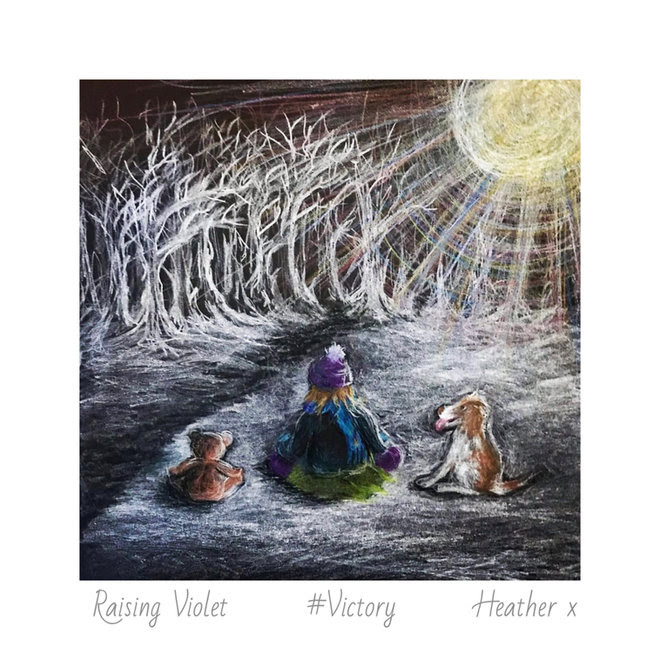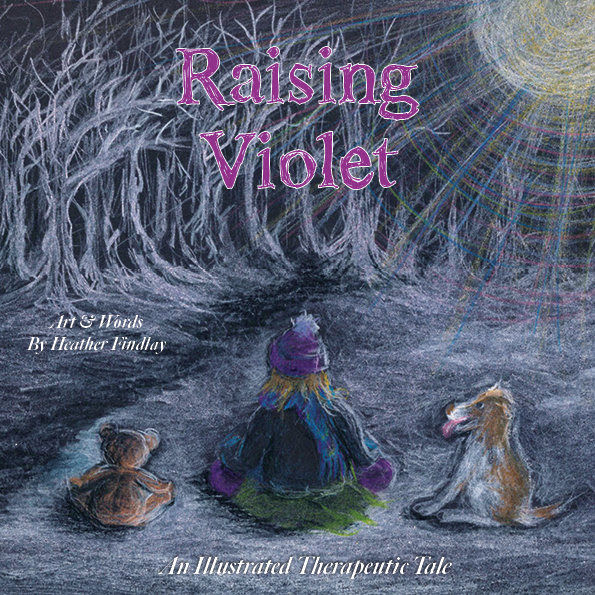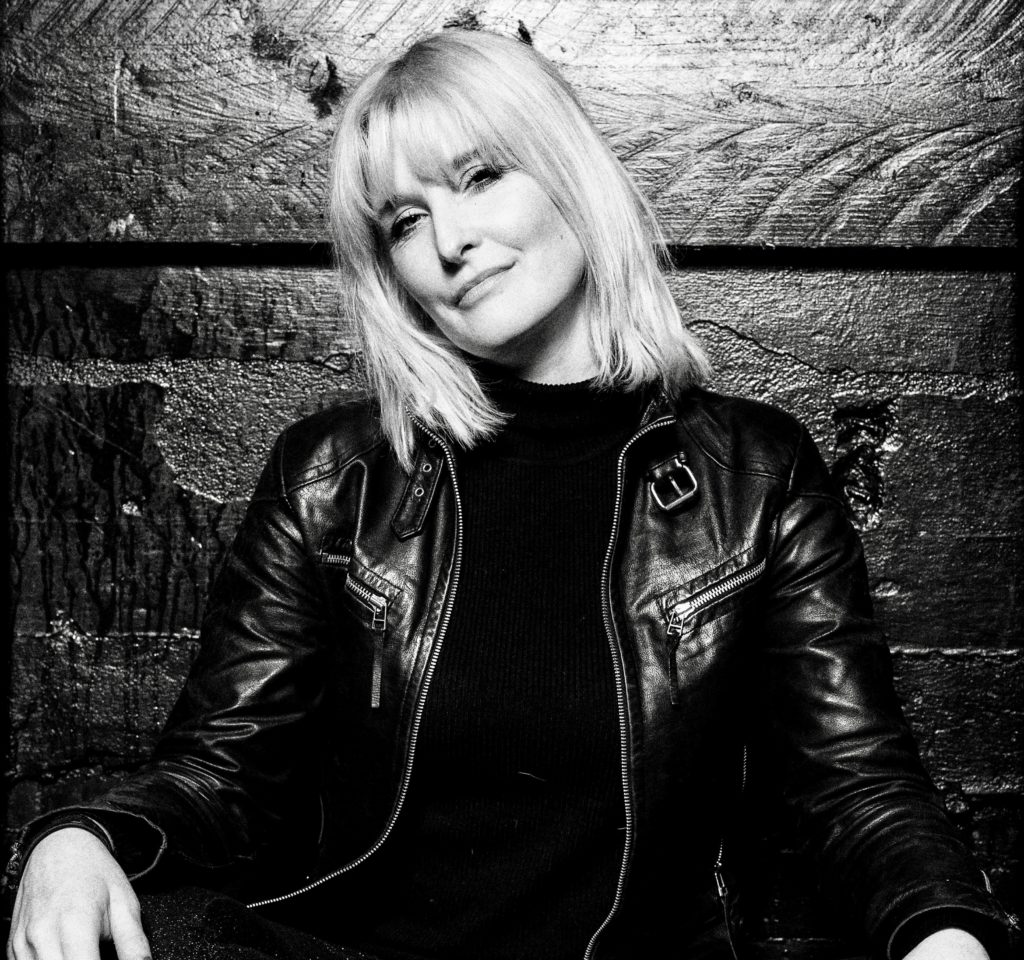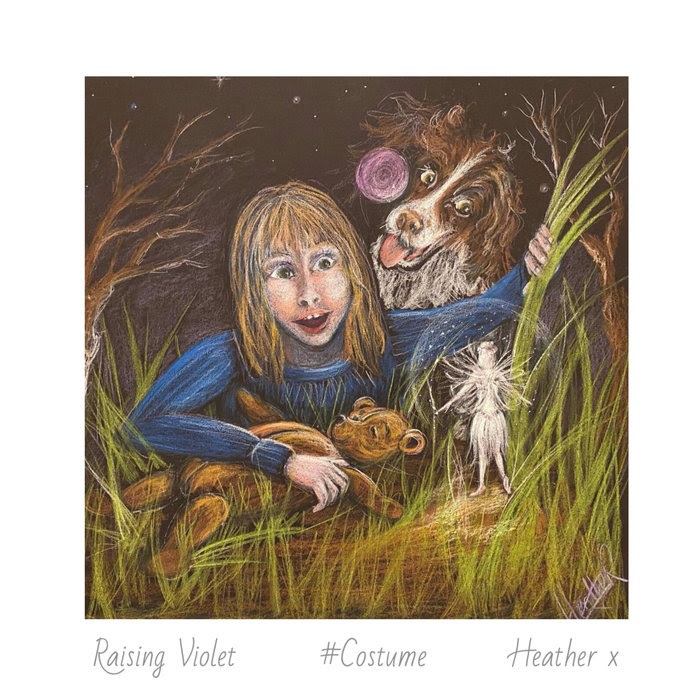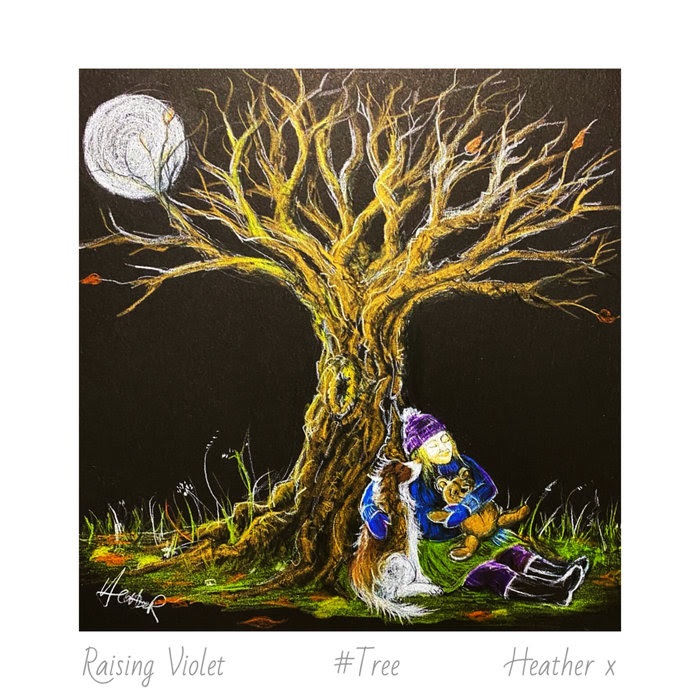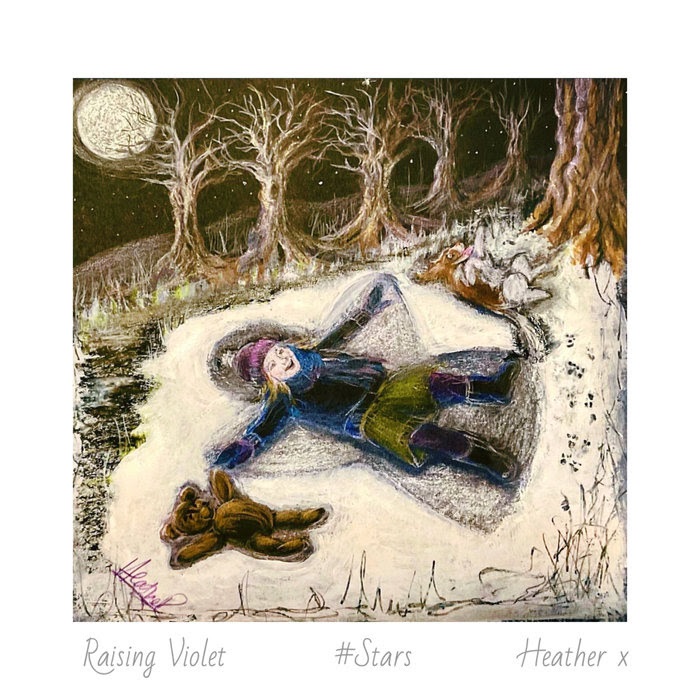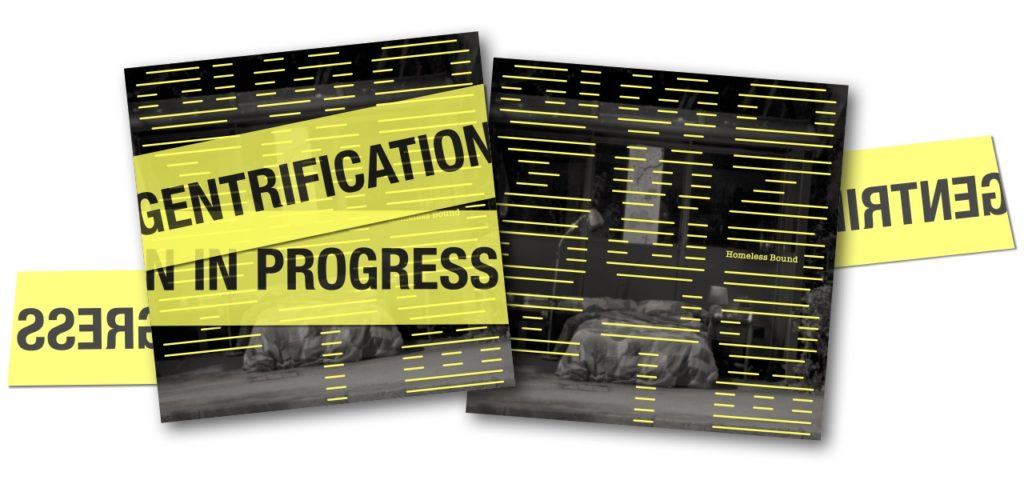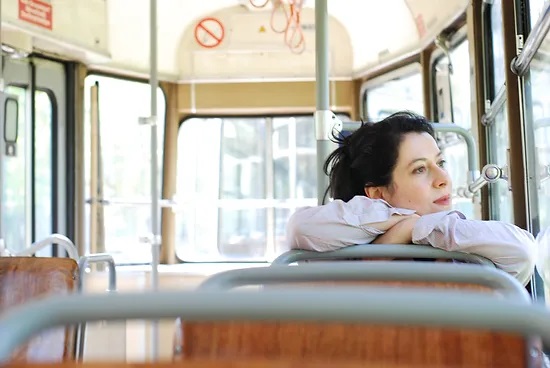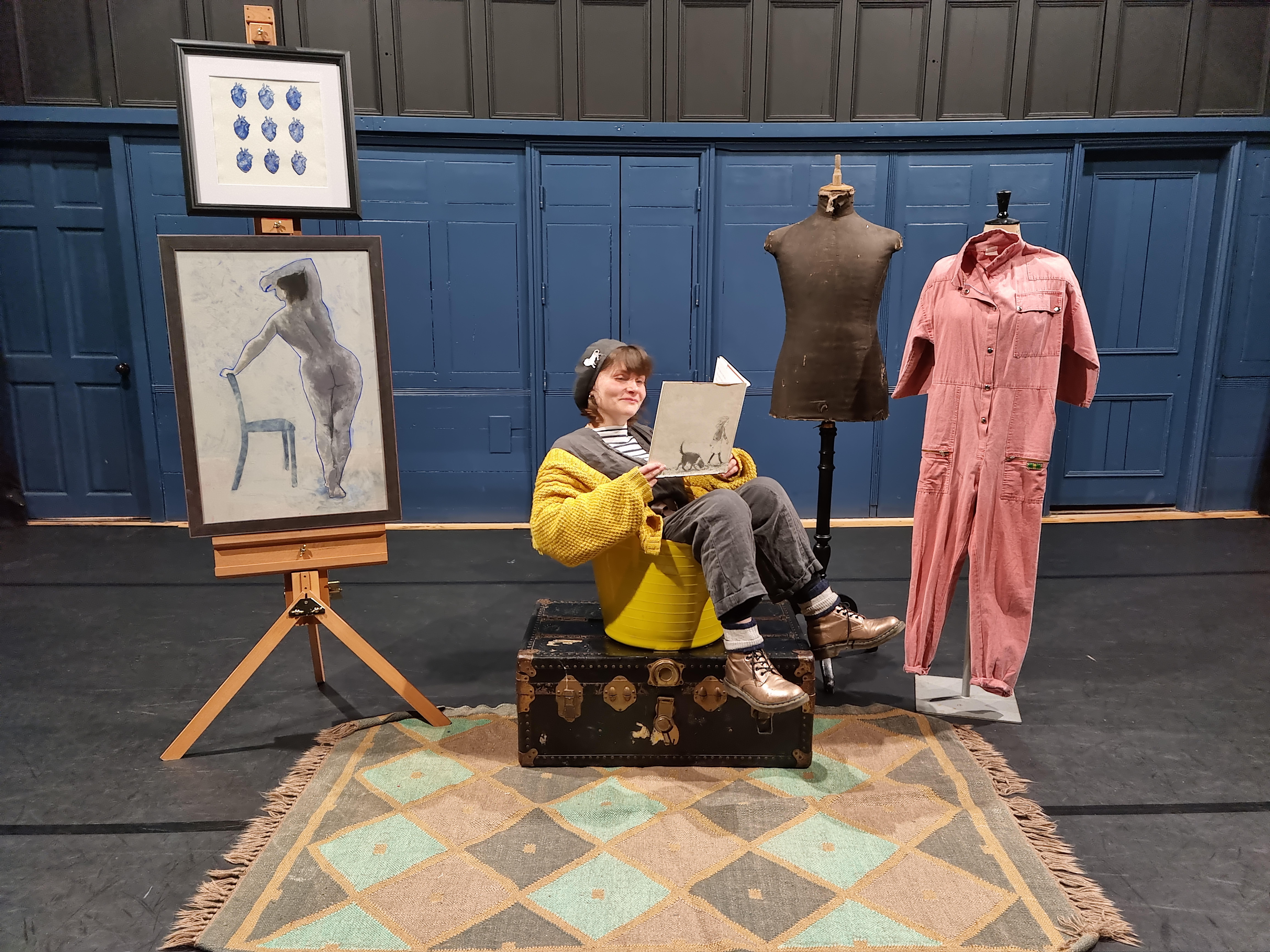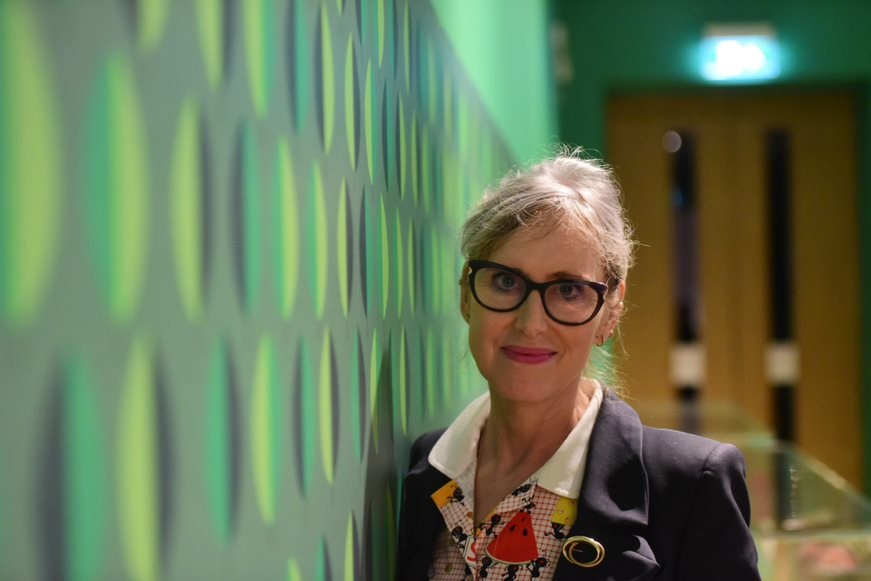
PIPPI Longstocking. Jane Eyre. Zog. Matilda. Dennis the Menace. A doodling Latin student. All feature in the British Library’s touring exhibition Marvellous and Mischievous: Literature’s Young Rebels, booked into York Art Gallery until June 4.
Showcasing around 40 books, manuscripts and original artwork, this family-friendly show shines a spotlight on rebels, outsiders and spirited survivors from children’s literature spanning more than 300 years.
Drawn from the British Library’s vast collection, Marvellous and Mischievous celebrates cherished characters who break the rules and defy conventions in an invitation for young and old alike to rediscover their storybook favourites and meet new ones in their homes, schools and on journeys.

Among the exhibition highlights are the first British edition of Lucy Maud Montgomery’s Anne Of Green Gables; the first version of George Cruikshank’s coloured illustrations for Charles Dickens’s Oliver Twist, along with artwork for Jacqueline Wilson’s Tracy Beaker (by Nick Sharratt), Lauren Child’s What Planet Are You From, Clarice Bean?, Julia Donaldson’s Zog (by Alex Scheffler), Judith Kerr’s When Hitler Stole Pink Rabbit and Sarah Garland’s Azzi In Between.
Lucy Evans, the British Library’s lead curator for this exhibition, says: “Marvellous And Mischievous is a fun, interactive exhibition all about exploring what makes a young ‘rebel’ in children’s stories.
“They could be a character that resists authority or breaks away from convention. Children’s literature over the past 300 years has shown that rebels come in all shapes and sizes, including children who may struggle to actually rebel and so their quest is more one of survival; these resilient characters are very much part of our story.”
An activity room with a sensory area and play kitchen complements the exhibition, with opportunities for young visitors to create their own rebel tales by dressing up as the Rebel of The School and reflecting on which cause they might back. In addition, they can enjoy a selection of books in a dedicated reading area.
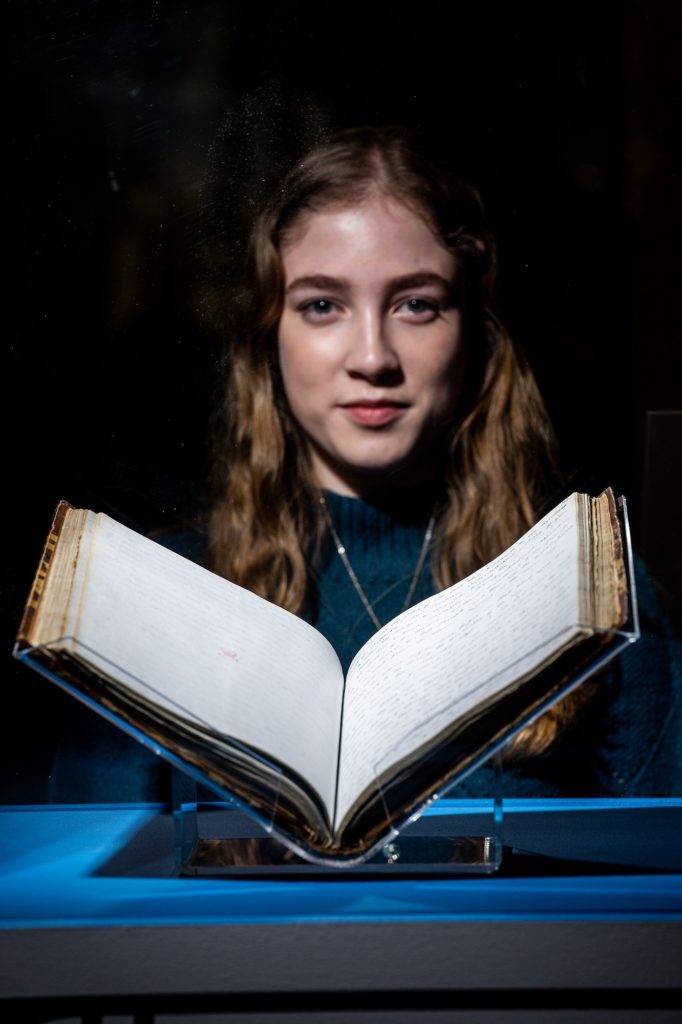
Fiona Burton, public engagement manager at York Museums Trust, says: “Marvellous and Mischievous is a fun-filled and interactive exhibition, perfect for the whole family. There’s a variety of books on display, and we hope visitors enjoy and feel inspired by their favourite characters, as well as any new ones that they’ll meet along the way.”
Alongside the exhibition, York Art Gallery is offering events and workshops tailored to all ages. Families can unleash their creativity through workshops and activities run in collaboration with Gemma Curry’s Hoglets Theatre, Curious Arts and Cassie Vallance and Janet Bruce’s Story Craft Theatre, purveyors of Wicked Wednesday interactive story-theatre workshops. Make a note, den building with recyclable materials will take place on Earth Day, April 22.
Adults may take part in events such as illustration masterclasses and storytelling workshops, suitable for those looking to develop new skills.

“York Art Gallery won the [Kids In Museums] Family Friendly Museum Award in 2016 after reopening [following its £8 million refurbishment], and post-pandemic we’re keen to encourage families back into the gallery,” says senior curator Morgan Feely. “For this exhibition, for example, we’re placing the plinths and the labelling lower, with captions for smaller children too.
“Marvellous and mischievous young rebels really appeal to children, and I can’t think of a better young rebel for our times than climate activist Greta Thunberg.”
The exhibition is divided into three sections, each denoted by a colour, yellow for Home, blue for School and green for Journeys. Home, for example, expresses how rebellion often begins in the home, where children may face the challenge of standing up to nasty grown-ups or the need to try to change their circumstances.
Look out too for cut-outs of tropical trees and flying ducks, seats stuck to the walls and bold wallpaper prints, courtesy of the British Library design team.

Myriad rebels are to be spotted from Peter Pan to Heinrich Hoffmann’s The English Struwwelpeter (Shock-headed Peter), David Walliams’s The Midnight Gang to David Roberts’s Dirty Bertie.
In the School Room can be found a John Aggs illustration for Malorie Blackman’s Noughts & Crosses; an animated Dennis the Menace; Charlotte Bronte’s manuscript for Jane Eyre in the most immaculate handwriting and a page from Roald Dahl’s hand-written first version of Matilda, accompanied by one from the type-written sixth version.
[We await the red pen version from the “sensitivity readers” at Dahl’s publishers with all their huffin’ and Puffin over removing language deemed to be offensive to 2023 sensitivities!).
Dahl goes from a nascent Matilda’s “very naughty and not at all nice” hatching of a plot to put itching powder in her classmates’ pants to version six’s more recognisable characteristics of facing up to headmistress Miss Trunchbull and playing pranks on her horrible parents as she challenges adults in charge.
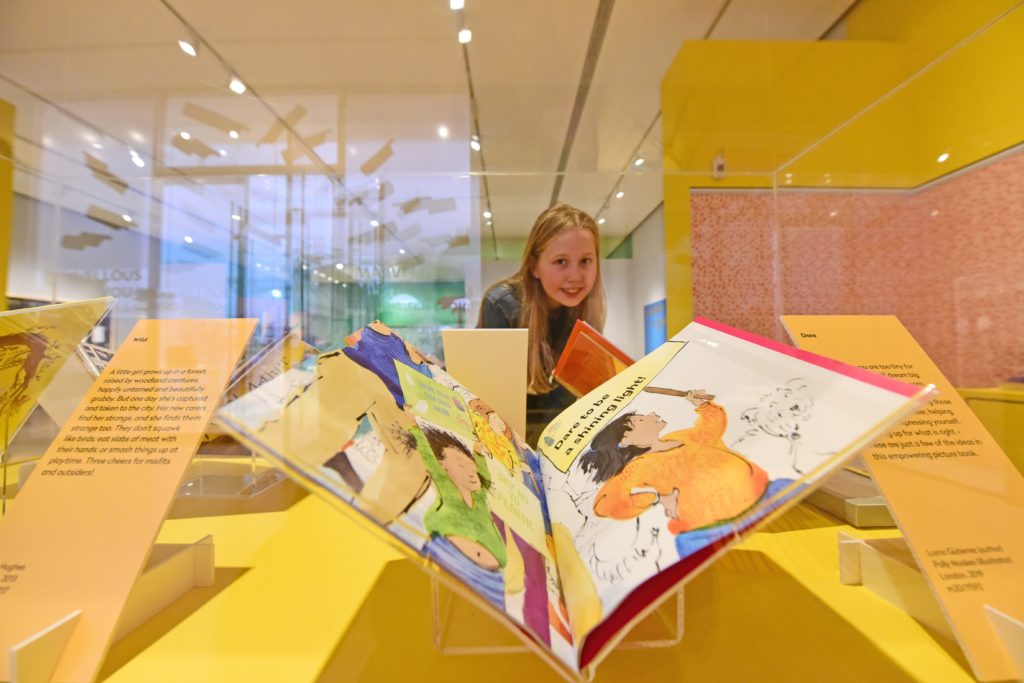
For the “tiniest” act of rebellion, seek out the 17th century Latin school textbook with a child’s doodle in the margin.
In the Green Room, journeys in books range from Robert Sabuda’s pop-up design for J M Barrie’s Peter Pan to a Japanese version of Alice In Wonderland in fashionable 1920s’ attire; Yu Rong’s illustration for Qin Wenjun’s Mulan to biographies of Eminent Chinse Woman from George III’s collection.
“What is a rebel?” the exhibition asks. “Is it someone who stands up for their beliefs or likes breaking the rules? Someone who is brave, trying to survive a difficult situation, or just enjoying some mischief?”
All of them, rebels with a cause and applause, as witnessed by diversity of stories writ large on York Art Gallery’s walls and floors.
Marvellous And Mischievous: Literature’s Young Rebels, York Art Gallery, Exhibition Square, York, until June 4. Tickets: yorkartgallery.org.uk. Opening hours: Wednesday to Sunday, 10am to 4pm.
